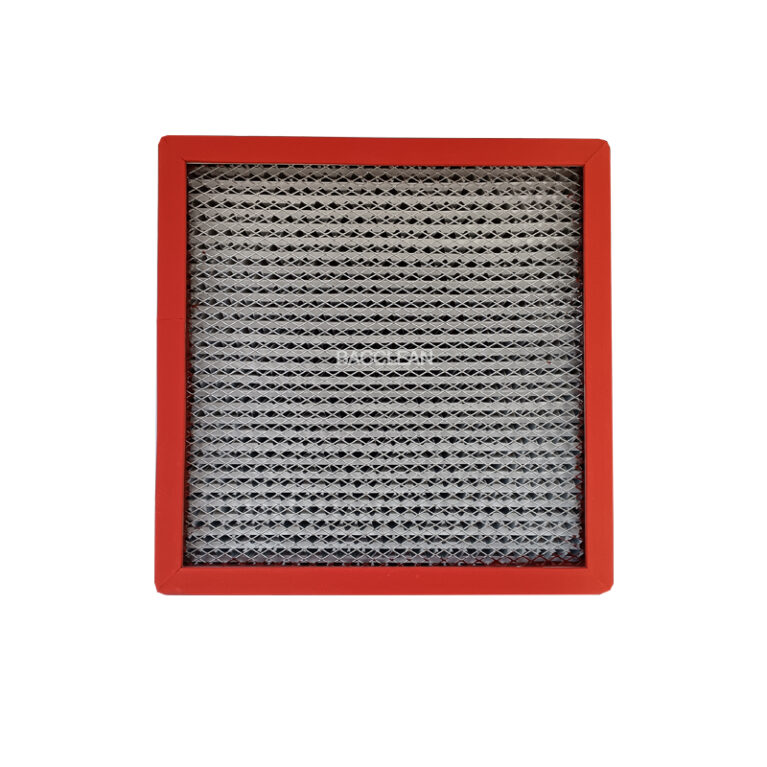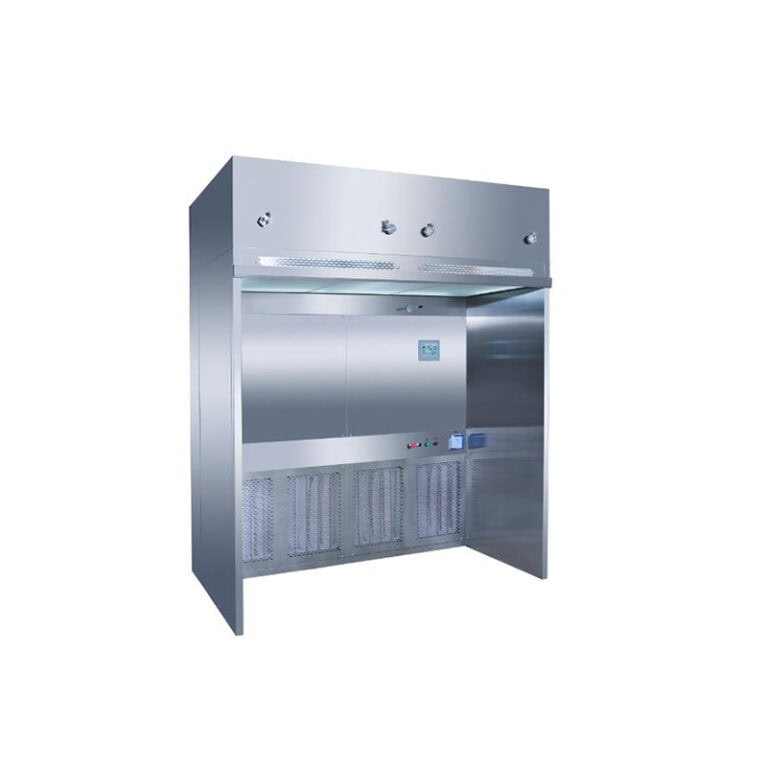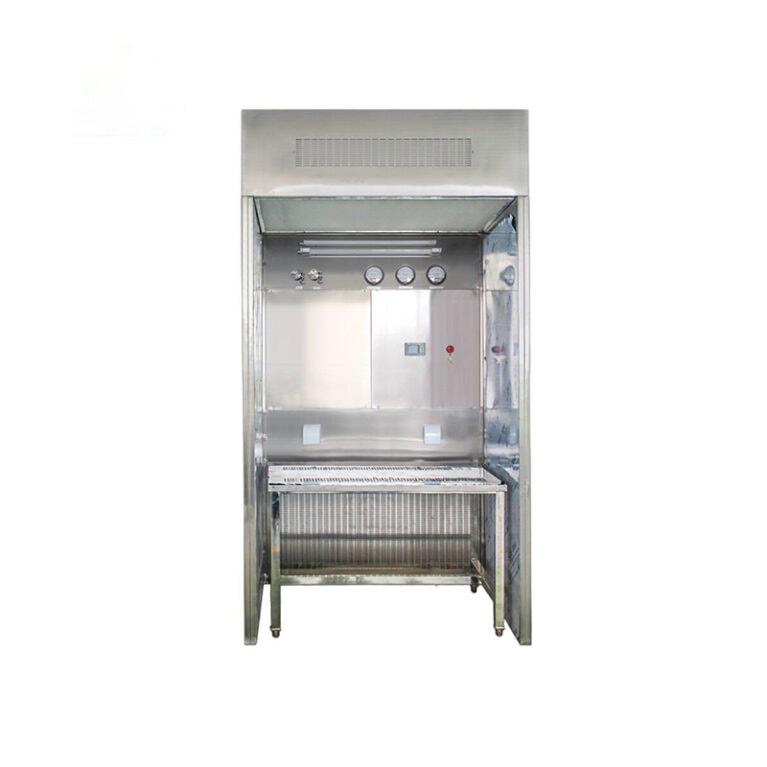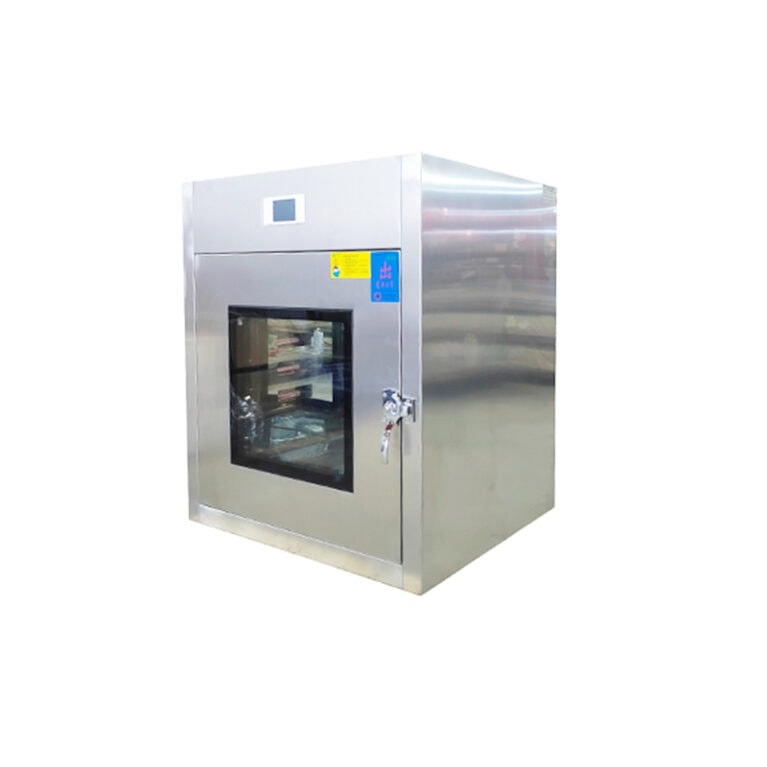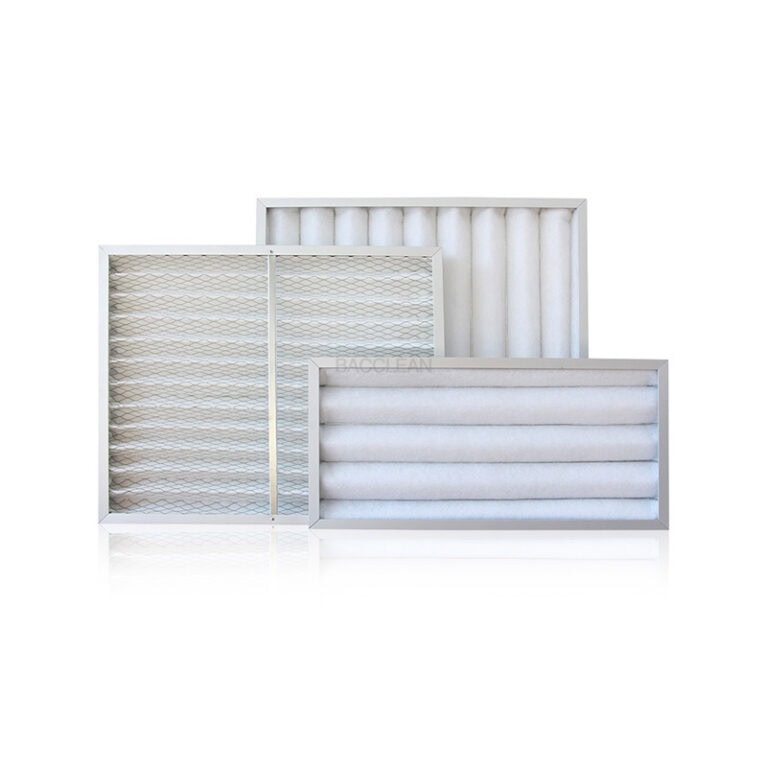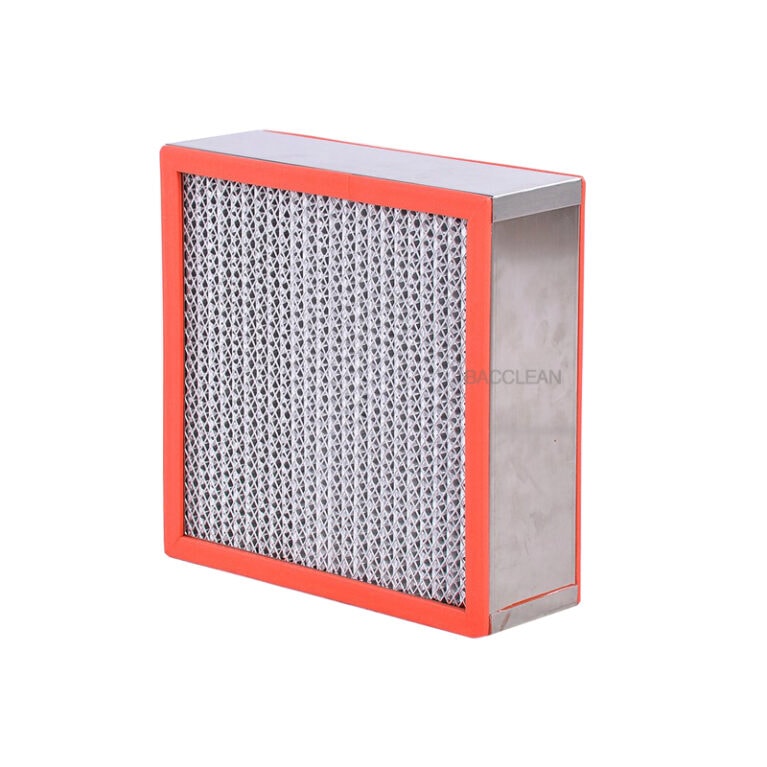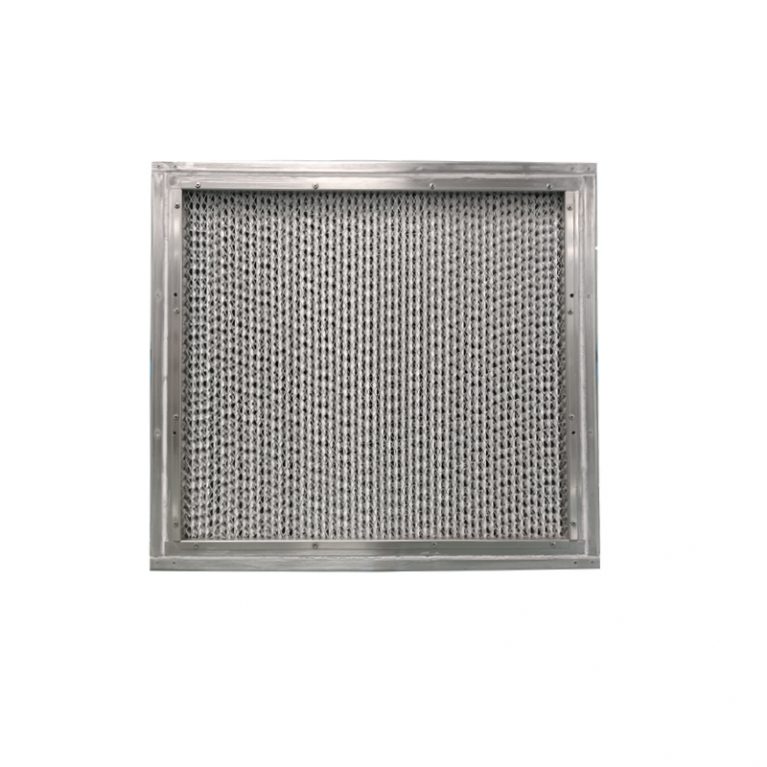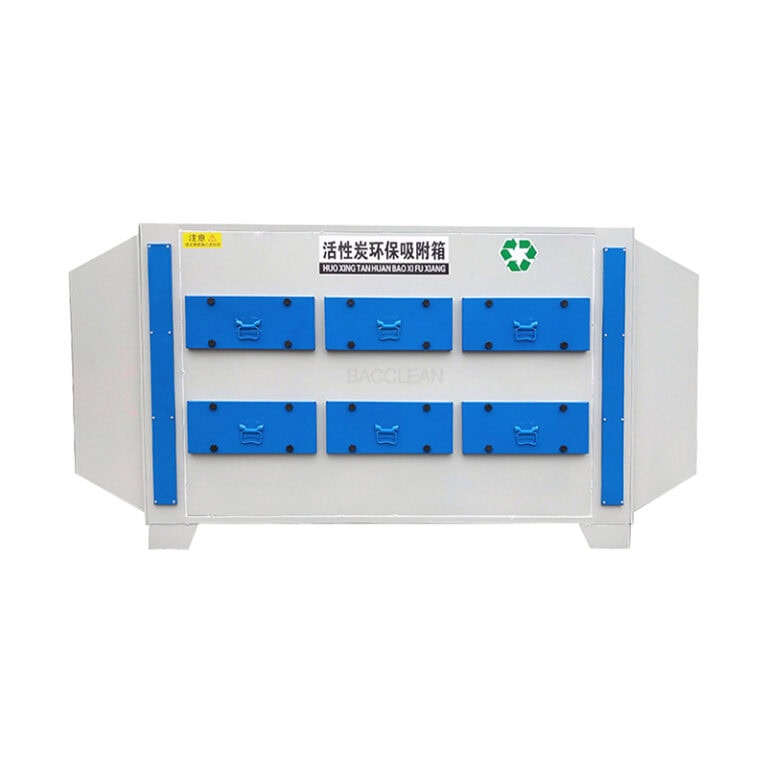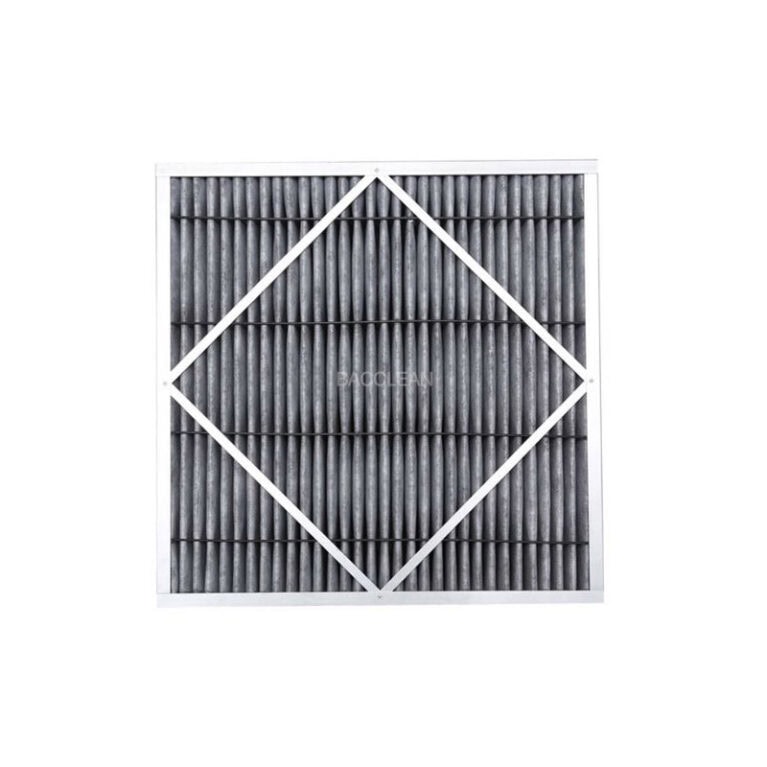La durée de vie d'un filtre sans séparateur n'est pas une valeur fixe. Elle est généralement influencée par des facteurs tels que l'environnement d'utilisation, la charge de filtration et les méthodes d'entretien, et varie généralement entre 6 mois et 3 ans. Voici une explication détaillée sous trois aspects : les principaux facteurs d'influence, la durée de vie typique d'un scénario et les méthodes permettant d'allonger la durée de vie.
I. Facteurs essentiels affectant la durée de vie
Teneur en poussières dans l'environnement
Si la concentration de poussière et de particules dans l'air du scénario d'application est élevée (comme dans les ateliers de transformation alimentaire, les zones industrielles ordinaires), le matériau filtrant accumulera rapidement de la poussière, la résistance augmentera jusqu'à la limite supérieure (généralement 2 à 3 fois la résistance initiale), et la durée de vie peut être réduite à 6 à 12 mois.
Si la propreté de l'environnement est élevée (comme dans les salles blanches de semi-conducteurs ou les salles d'opération), la teneur en poussière est extrêmement faible (nombre de particules ≤0,1μm ≤10 /m³), la charge du matériau filtrant est faible et la durée de vie peut être prolongée jusqu'à 2 ou 3 ans.
Volume d'air et vitesse d'air de fonctionnement
Lorsque le volume d'air réel dépasse le volume d'air prévu, l'érosion du matériau filtrant par le flux d'air s'intensifie, la vitesse d'accumulation de la poussière augmente et le matériau filtrant peut se déformer, ce qui réduit sa durée de vie.
Une vitesse de vent excessivement élevée (supérieure à 1,5 m/s) augmente l'énergie cinétique des particules qui entrent en collision avec le matériau filtrant, ce qui augmente la probabilité que les poussières fines pénètrent profondément dans le matériau filtrant et accélère l'augmentation de la résistance.
Matériau du filtre et degré d'efficacité
Les médias filtrants à haute efficacité (catégories H13-H14) ont une capacité de rétention des poussières plus élevée que les médias filtrants à ultra-haute efficacité (catégories U15-U17) (les médias filtrants à ultra-haute efficacité ont des pores plus petits et sont susceptibles de se colmater). Par conséquent, dans les mêmes conditions, la durée de vie des filtres de classe H peut être plus longue de 30% à 50% que celle des filtres de classe U.
La capacité de rétention de la poussière du matériau filtrant en fibre de verre est supérieure à celle du matériau filtrant en fibre chimique, et sa durée de vie est relativement plus longue. Toutefois, le matériau filtrant en fibres chimiques résiste mieux à l'humidité et convient aux environnements très humides.
Entretenir le système de préfiltration.
Si un préfiltre (qualité G4) ou un filtre à moyenne efficacité (qualité F8) n'est pas installé à l'avant, une grande quantité de poussière à grosses particules pénétrera directement dans le filtre non tissé, ce qui colmatera rapidement le matériau filtrant, et sa durée de vie pourra être réduite à 3 à 6 mois.
Le nettoyage ou le remplacement régulier du préfiltre peut prolonger considérablement la durée de vie du filtre sans séparateur (généralement de plus de 50%).
Température et humidité de l'environnement
Les températures élevées (supérieures à 60℃) accélèrent le vieillissement des lignes de caoutchouc du matériau filtrant, ce qui entraîne le décollement du matériau filtrant. Une humidité élevée (humidité relative > 80%) peut entraîner l'humidification et l'agglutination du matériau filtrant, ainsi qu'une augmentation anormale de la résistance. Ces deux phénomènes réduisent la durée de vie de l'appareil.
Ii. Référence pour la durée de vie dans des scénarios typiques
Scénario d'application : Teneur en poussière de l'environnement (nombre de particules ≥0,5μm), durée de vie prévue de la configuration du préfiltre.
Salle blanche pour semi-conducteurs (ISO Classe 3) ≤10 unités /m³, pré-filtré (G4) + efficacité moyenne (F9) pour 2-3 ans
La préfiltration (G4) + efficacité moyenne (F8) pour les salles d'opération des hôpitaux est de 100 à 1 000 unités par mètre cube pendant 1,5 à 2 ans.
Atelier pharmaceutique (classe D) : 1000- 10 000 unités /m³ pré-filtration (G3) + efficacité moyenne (F7) pendant 1-1,5 an
L'atelier d'emballage alimentaire ne nécessite qu'une préfiltration (G3) pendant 6 à 12 mois, avec une capacité de 10 000 à 100 000 unités par mètre cube.
Pour les laboratoires généraux, 100 000 à 500 000 unités par mètre cube avec ou sans filtration simple pendant 3 à 6 mois.
Iii. Critères permettant de déterminer si un remplacement est nécessaire
Détermination de la résistance : Lorsque la résistance de fonctionnement du filtre atteint 2 à 2,5 fois la résistance initiale (par exemple, la résistance initiale est de 180Pa, mais elle atteint 360 à 450Pa), il faut le remplacer ; sinon, cela entraînera une diminution du volume d'air et une forte augmentation de la consommation d'énergie.
Atténuation de l'efficacité : La concentration de particules à la sortie de l'air est détectée par un compteur de particules. Si elle dépasse la norme de conception (par exemple, l'exigence de la salle blanche est ≤100 particules /m³, mais la détection réelle est de 500 particules /m³), même si la résistance ne répond pas à la norme, elle doit être remplacée.
Dommages physiques : Si le matériau filtrant est endommagé, si la ligne en caoutchouc se détache, si le cadre se déforme, etc., il doit être remplacé immédiatement pour éviter les fuites de contaminants.
Iv. Suggestions pour prolonger la durée de vie
Configurez strictement le système de pré-filtration (au moins une combinaison G4+F8) pour intercepter les grosses particules de poussière.
Contrôlez le volume d'air de fonctionnement dans la plage de conception (évitez de fonctionner au-delà de la limite de la vitesse du vent) et vérifiez régulièrement si la pression d'air du ventilateur est stable.
Maintenir la température et l'humidité de l'environnement dans la plage de tolérance du matériau filtrant (température ≤60℃, humidité ≤70%).
Testez régulièrement (tous les 1 à 3 mois) la résistance du filtre, enregistrez l'évolution et planifiez le cycle de remplacement.
En conclusion, la durée de vie du filtre sans séparateur doit être évaluée de manière dynamique en fonction des conditions de travail réelles. Une maintenance raisonnable peut maximiser sa valeur d'application et éviter le gaspillage des coûts dû à un remplacement prématuré ou l'impact sur la propreté dû à un remplacement tardif.
